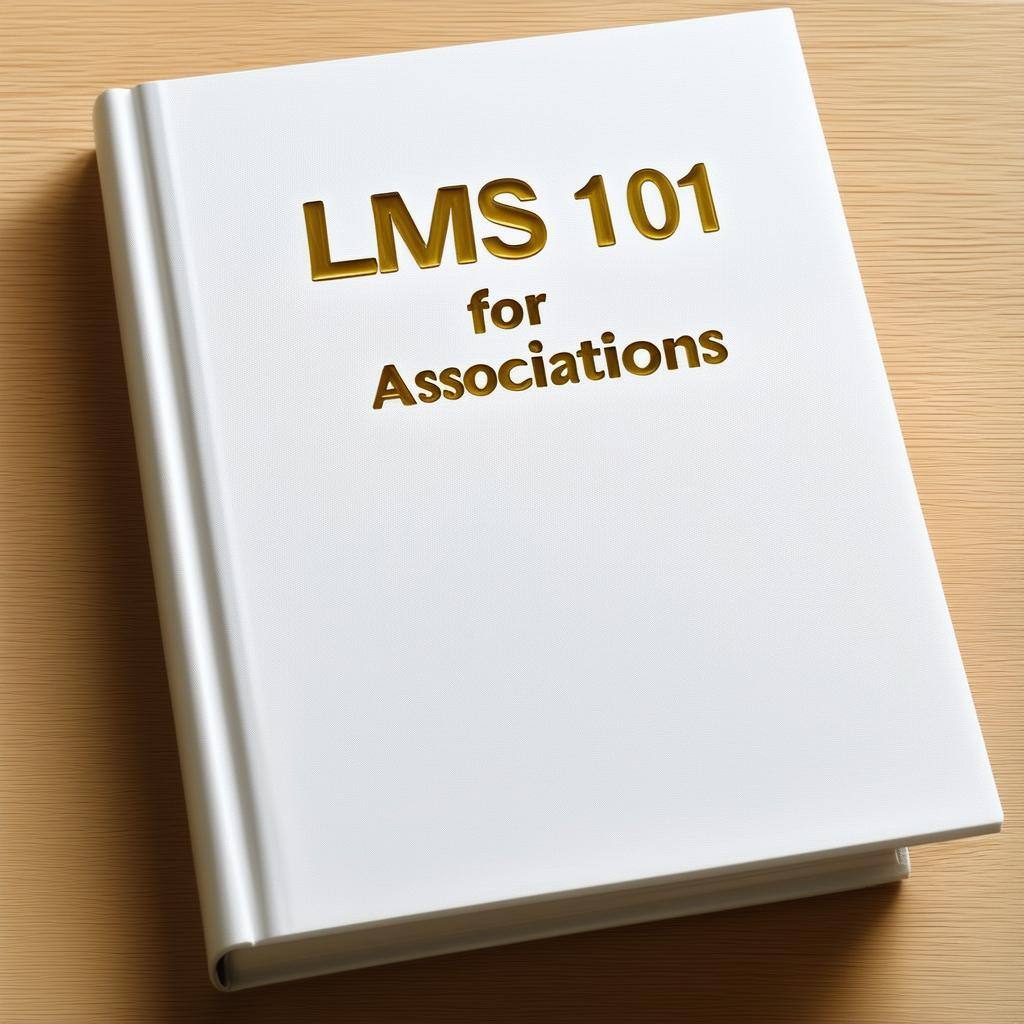How to Handle Difficult Conversations with Association Board Members
Difficult conversations are an inevitable part of leadership within associations. When managing an association, interacting with board members is a...
3 min read
AJ Sallis
:
Nov 9, 2023 11:18:00 AM

The association board of directors plays a vital role in the success of any association. The board is responsible for setting the association's strategic direction, overseeing its finances, and ensuring that it’s governed in a responsible and ethical manner.
Given the importance of the board, it’s essential to evaluate performance regularly to identify any areas where the board can improve, and ensure that it is meeting the needs of the association and its members.
But, it’s not always clear how this performance can be assessed.
Only about half of boards carry out a formal written self-assessment to evaluate their board's effectiveness. BoardSource’s Leading with Intent survey regularly finds a relationship between board self-assessment practices and performance. BoardSource recommends that boards assess their performance at least every two years.
Read on to discover the benefits of evaluating your board and the strategies you can employ to do this effectively.
There are several reasons why it’s important to evaluate a board's performance:
It’s important to start by defining specific and measurable criteria that reflect the board's responsibilities and goals. These criteria could include attendance, active participation in discussions, contributions to fundraising efforts, adherence to ethical standards, and engagement with members.
Clear criteria provide a basis for evaluation and offer board members a clear understanding of expectations.
What are your association’s goals and strategic objectives? Research indicates that writing down goals can make for an 80% higher chance of achieving them. Align your assessment criteria to assess the progress made towards these goals and identify the board's contributions to achieving them. Goal-oriented evaluations provide tangible measures of the board's effectiveness in driving the association forward.
It’s also important to consider the current challenges for your association as well as potential risks or obstacles. This will help to diagnose the board’s needs and direct the future vision.
There are several ways to evaluate the board's performance. One common approach is to use a self-assessment process. This involves the board members themselves evaluating their own performance, as well as the performance of the board as a whole.
Another approach is to use a third-party evaluation. This involves hiring an independent consultant or organisation to evaluate the board's performance.
A self-assessment can be conducted in a number of ways. One common method is to use a survey. The survey can be designed to assess the board's performance in a variety of areas, such as:
The survey can be distributed to the board members electronically or in person. Once the survey results have been collected, they should be reviewed and discussed by the board. The board can then use the results to develop a plan for improvement.
One such tool is Govn365. It provides a roadmap for governance groups meaning less time deciding where to focus resources and more time doing. Take their quick, no obligation governance maturity quiz and see how your organisation benchmarks against others.
Peer reviews are where board members evaluate each other's performance. This method is used by a third of companies to foster a collaborative atmosphere and encourage constructive feedback. Peer reviews can highlight individual strengths and areas for improvement, leading to a more cohesive board dynamic.
However, it may be helpful to keep peer reviews anonymous. Some board members may be reluctant to call out problematic behaviour by specific directors if they anticipate a confrontation. Keep in mind that many types of assessments can be combined with another type to provide a comprehensive view of board performance.
Consider collecting feedback from your key stakeholders such as association members, sponsors, and community partners. Surveys or focus group discussions can provide valuable insights into how the board’s decisions and actions are perceived externally. External perspectives can offer a holistic view of the board’s performance and its impact on the association's stakeholders.
A third-party evaluation can be a good way to get a more objective assessment of the board's performance. The evaluator will typically interview the board members, review the board's minutes and other documentation, and observe the board in action.
The evaluator will then produce a report that assesses the board's performance in a variety of areas. The report will also typically include recommendations for improvement.
When evaluating the board's performance, there are a number of key areas to focus on:
By regularly evaluating the board's performance, associations can identify any areas where the board can improve and ensure the needs of the association and its members are being met.
Offering professional development to your board members showcases your dedication to association governance. Our concise online micro-courses allow flexible, self-paced upskilling. Intuto offers two tailored governance courses for both new and existing board members. They're free to access for your board. Interested? Meet with us and we'll swiftly set up a trial for you.

Difficult conversations are an inevitable part of leadership within associations. When managing an association, interacting with board members is a...

5 min read
In today's digital age, associations are increasingly turning to Learning Management Systems (LMS) to deliver valuable educational content and...

Many associations today face a common challenge: how to generate non-dues revenue. While membership fees are a key source of income, they may not be...